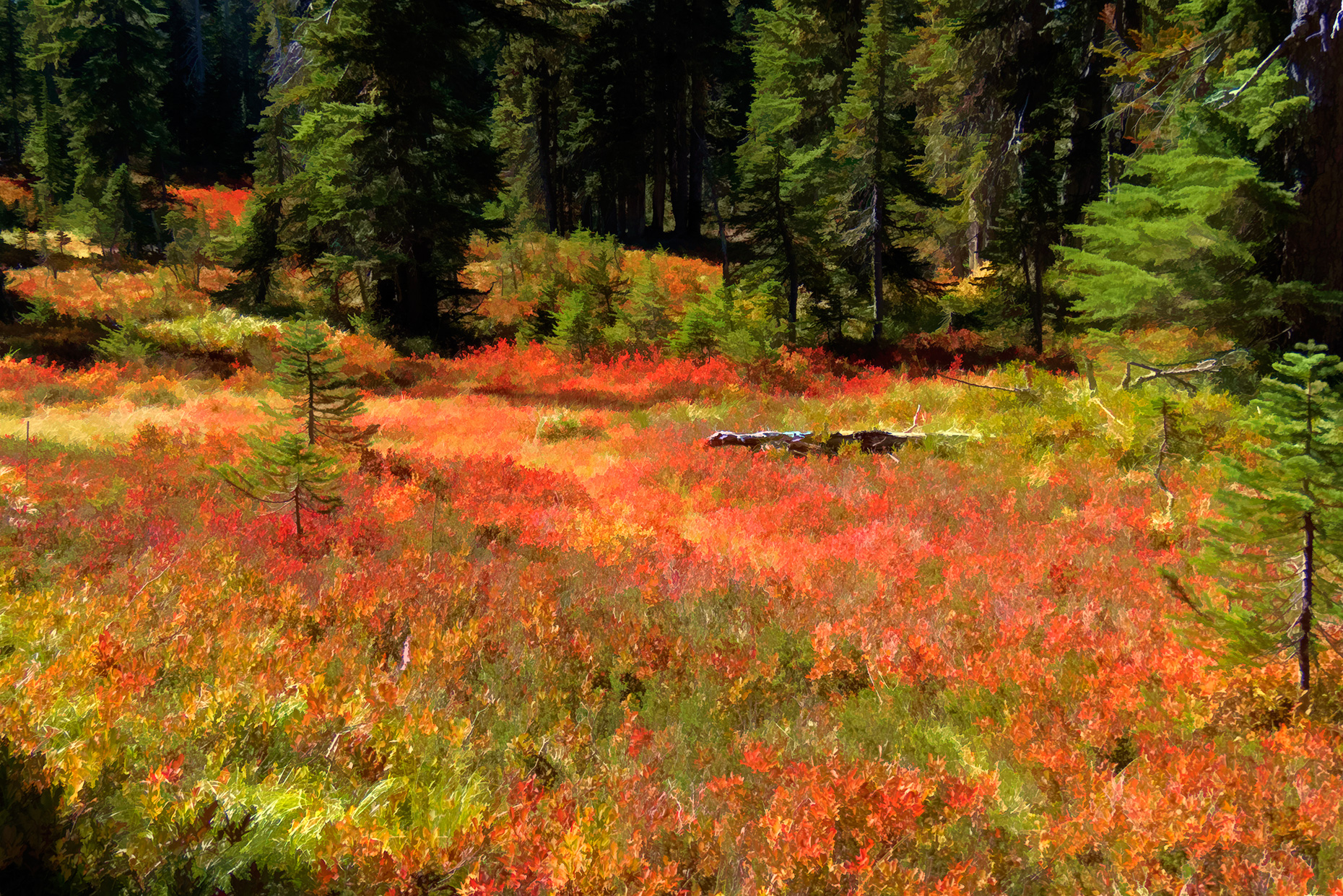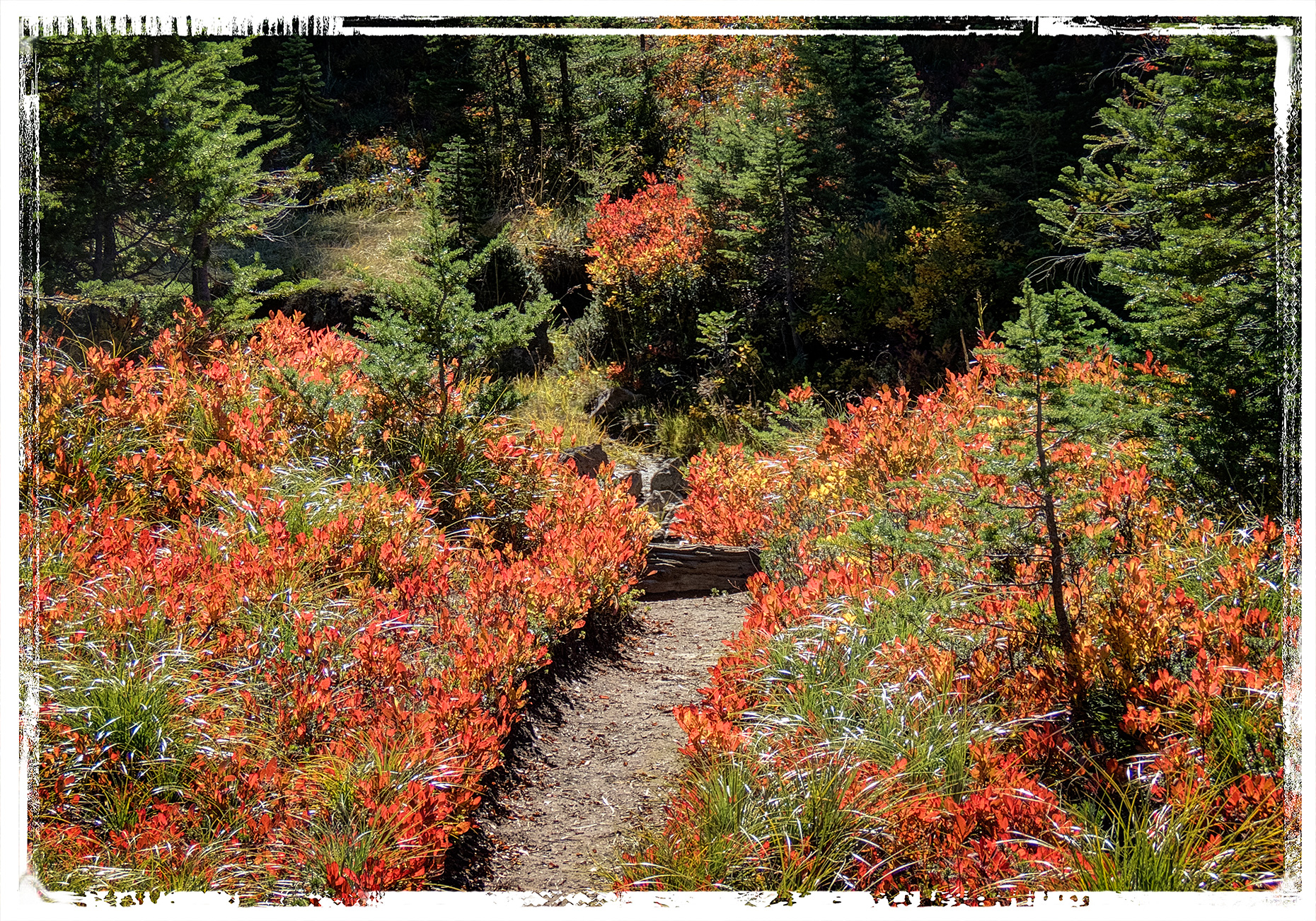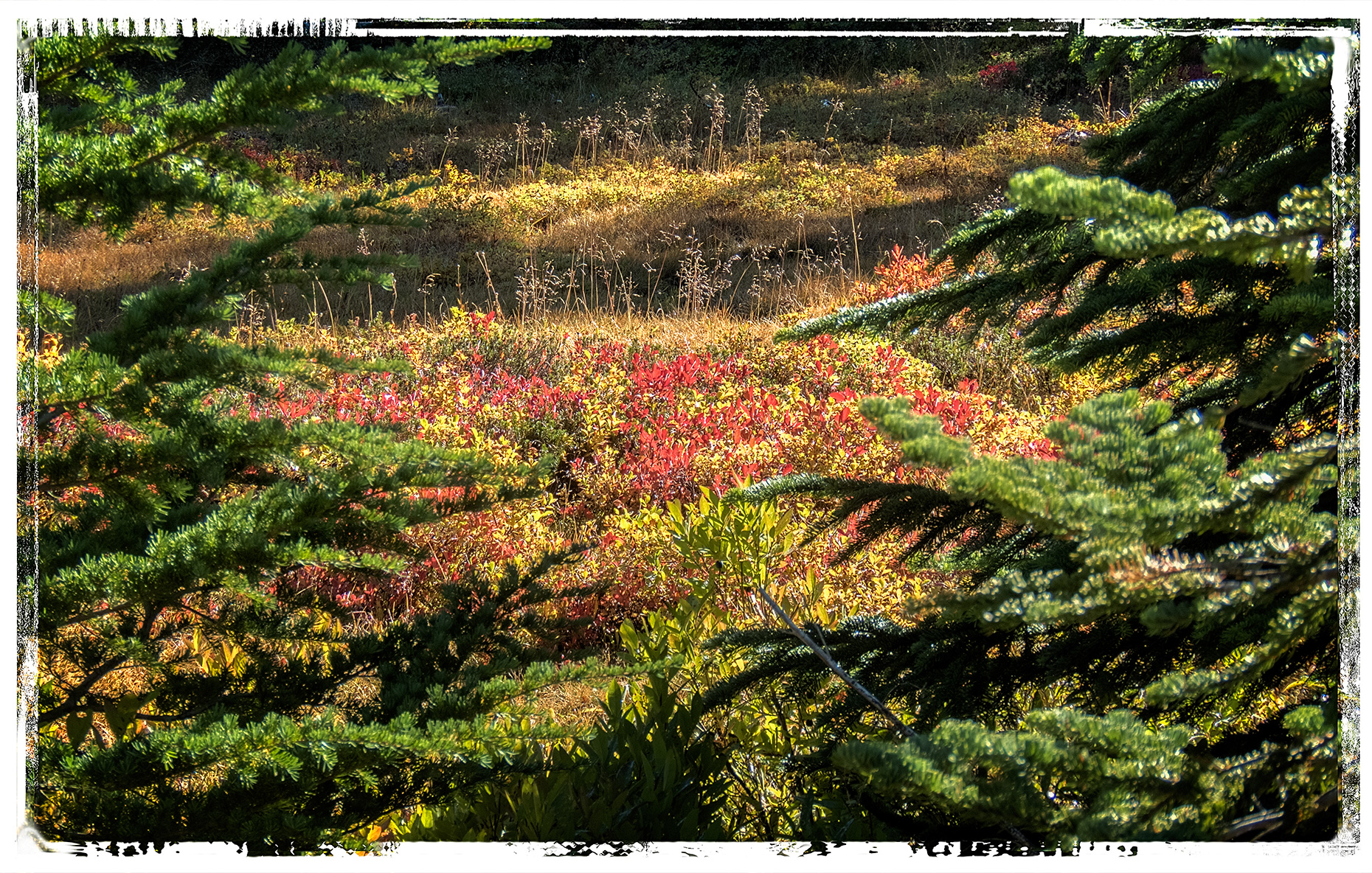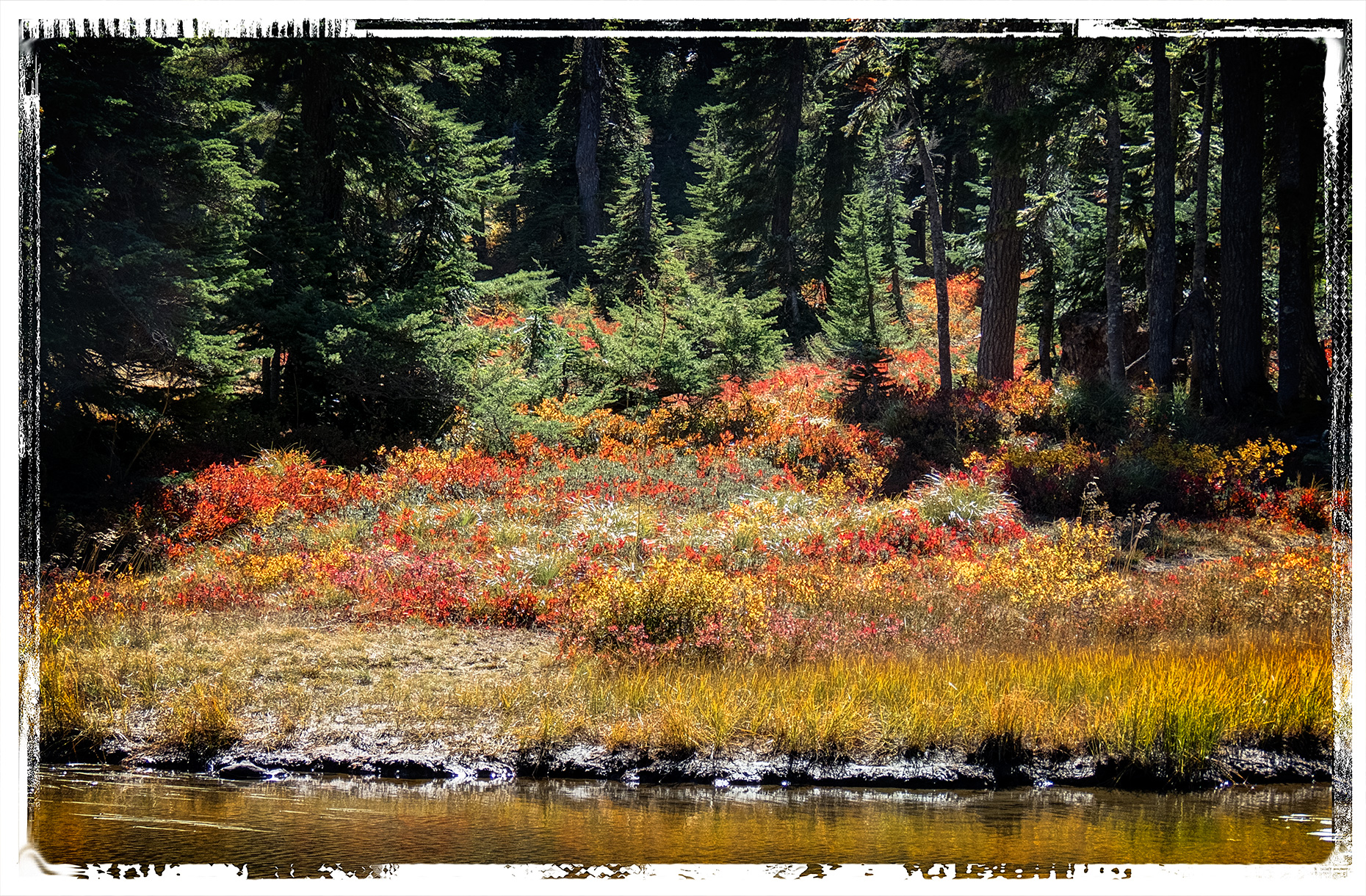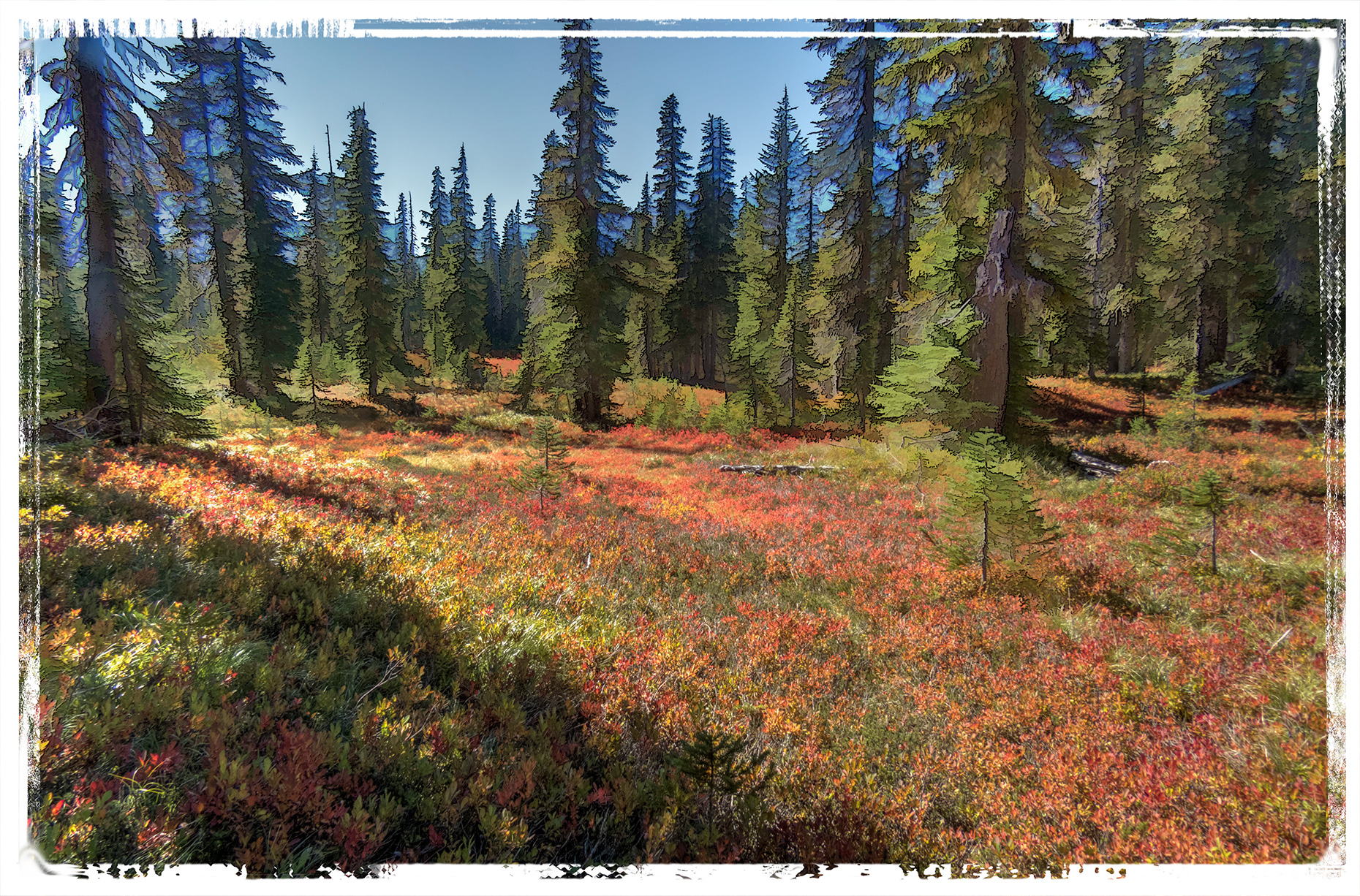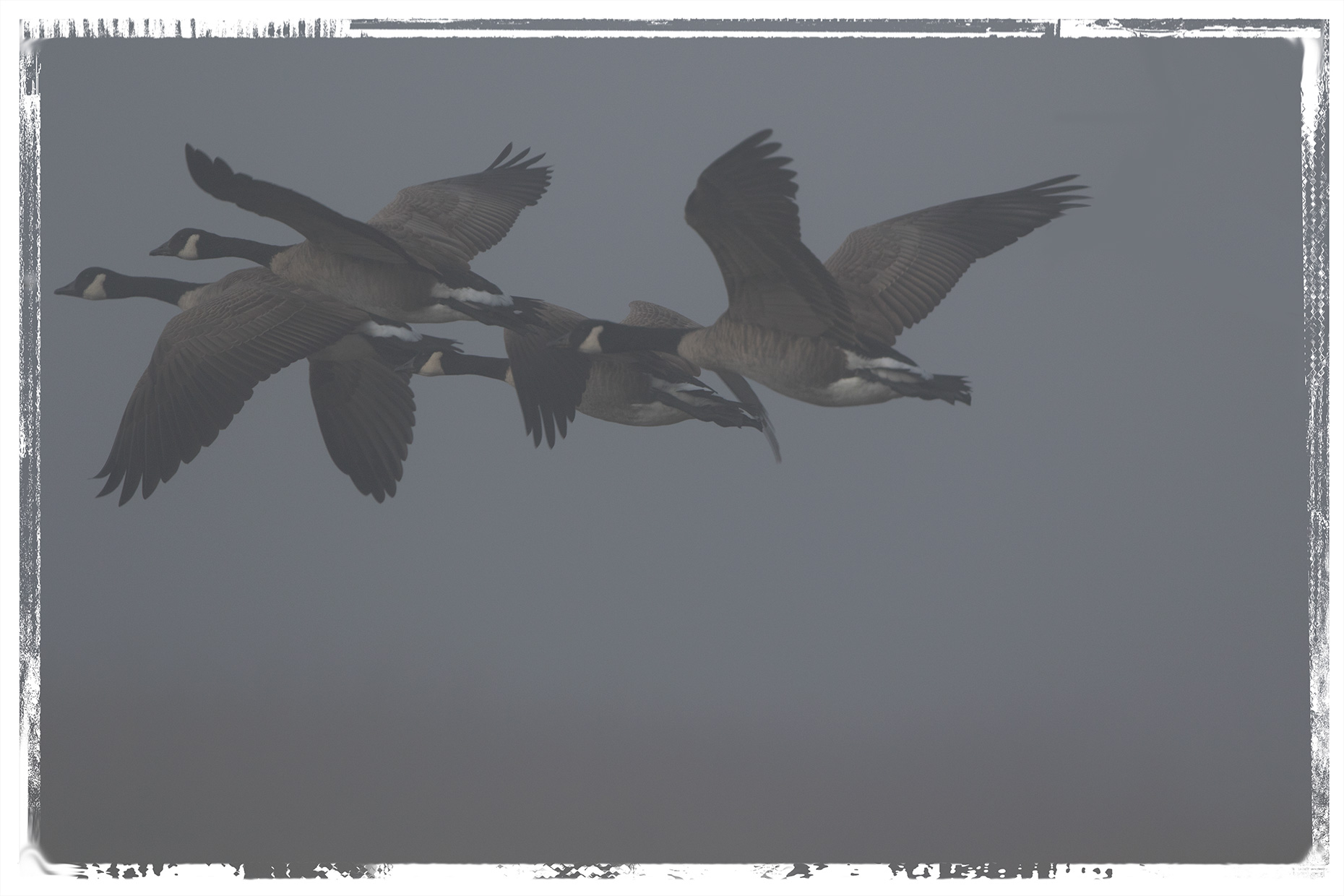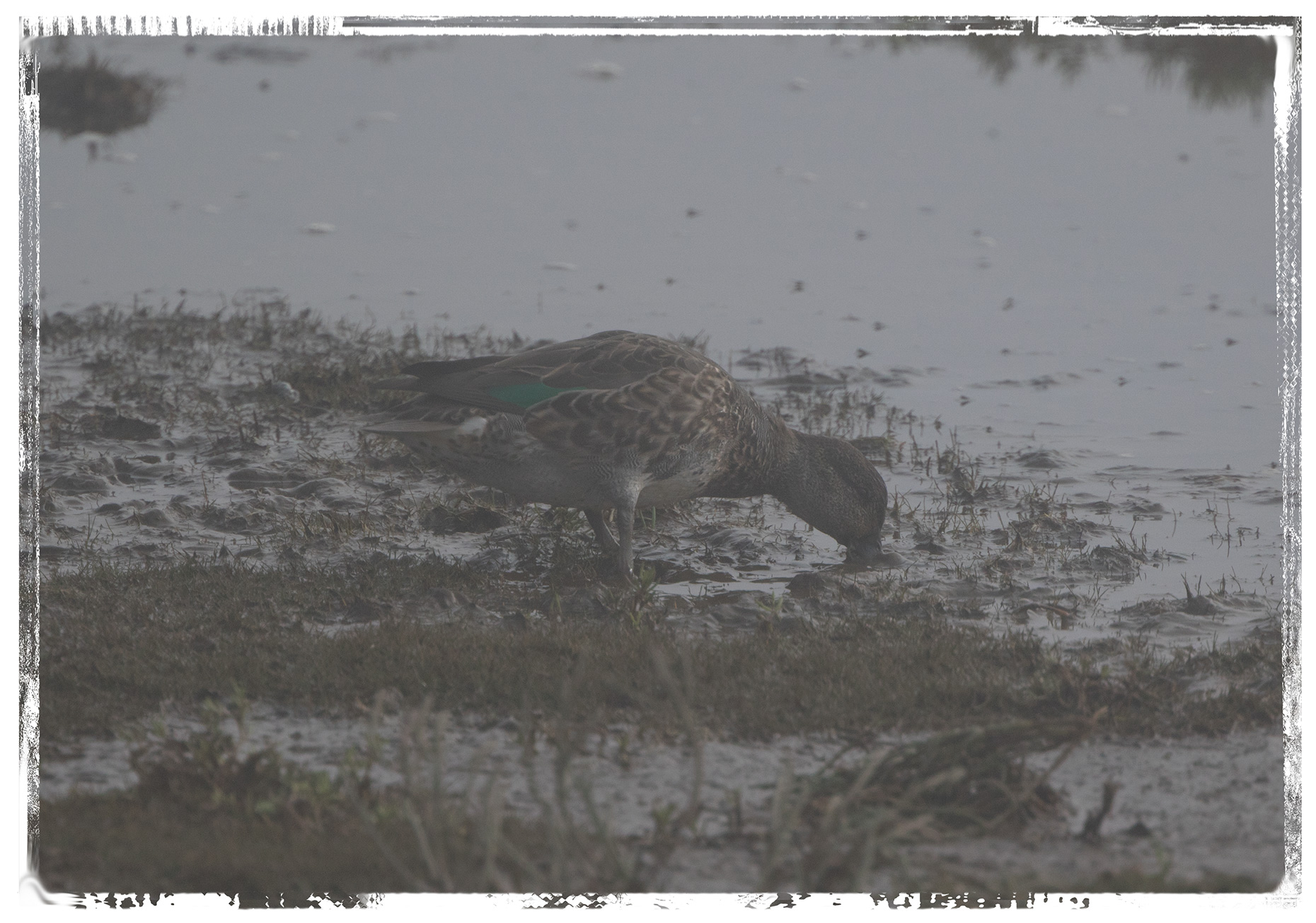I was surprised how much I found about Kakuzo OkakuraThe Book of Tea online. It has obviously been the subject of considerable research. Luckily, that research frees me from feeling I have to give the work its full due. Others have already done that. All I want to do here is to point you in the direction of the work, and you can explore it as deeply as you desire. These passages are simply those that helped me to helped me to crystallize my own thoughts or to see Taoism and Zenism in a slightly different light.
As an outsider, I think I’ve generally interpreted the Tao literally as the Way, the path, and not how Okakura explains it here:
The Tao is in the Passage rather than the Path. It is the spirit of Cosmic Change,–the eternal growth which returns upon itself to produce new forms. It recoils upon itself like the dragon, the beloved symbol of the Taoists. It folds and unfolds as do the clouds. The Tao might be spoken of as the Great Transition. Subjectively it is the Mood of the Universe.
Of course, this is not a new idea to me. I’m pretty sure that I would have agreed with Emerson when I read “Life is a journey, not a destination.” The INTP in me certainly tends that way, but somehow I never read the Tao Te Ching in quite that way.
Though I’m not unaware that it’s ironical an English major should grow weary and distrustful of words, Yakuza points out another reason I’ve probably been attracted to Zen writings.
To the transcendental insight of the Zen, words were but an incumbrance to thought; the whole sway of Buddhist scriptures only commentaries on personal speculation. The followers of Zen aimed at direct communion with the inner nature of things, regarding their outward accessories only as impediments to a clear perception of Truth. It was this love of the Abstract that led the Zen to prefer black and white sketches to the elaborately coloured paintings of the classic Buddhist School. Some of the Zen even became iconoclastic as a result of their endeavor to recognise the Buddha in themselves rather than through images and symbolism.
Looking back I suspect I have long favored concrete poetry that focuses on images rather than philosophical poetry that gets caught up in words. That tendency has simply been reinforced as I’ve aged. Now, sitting in quiet meditation for 20 minutes seems more refreshing than reading a work of philosophy for 20 minutes, or, worse, two or three hours. The first Asian art I discovered was Sumi, which I loved, but I was greatly disappointed when I discovered that an Asian Art museum I visited contained mainly classic works.
This passage from Okakura somehow reminded me of Walt Whitman, another long-time favorite.
A special contribution of Zen to Eastern thought was its recognition of the mundane as of equal importance with the spiritual. It held that in the great relation of things there was no distinction of small and great, an atom possessing equal possibilities with the universe. The seeker for perfection must discover in his own life the reflection of the inner light.
It would be hard to find a better description of The Leaves of Grass than this.
I’ve always thought that my taste in home furnishings was closest to Danish Modern, or perhaps Shaker, but perhaps it runs even closer to Japanese:
To a Japanese, accustomed to simplicity of ornamentation and frequent change of decorative method, a Western interior permanently filled with a vast array of pictures, statuary, and bric-a-brac gives the impression of mere vulgar display of riches. It calls for a mighty wealth of appreciation to enjoy the constant sight of even a masterpiece, and limitless indeed must be the capacity for artistic feeling in those who can exist day after day in the midst of such confusion of color and form as is to be often seen in the homes of Europe and America.
As much as I like my photographs, I’ve never hung a single one on my walls because it always seems to me that there is too much already hanging there. I’ve gradually come to the conclusion that the solution is to buy and electronic frame that will change the photos before they become invisible to me or to my guests.
Although I think of my house as an evolving organism, changing to suit my needs, I like the idea that a house is “only a temporary refuge for the body.”
Zennism, with the Buddhist theory of evanescence and its demands for the mastery of spirit over matter, recognized the house only as a temporary refuge for the body. The body itself was but as a hut in the wilderness, a flimsy shelter made by tying together the grasses that grew around,–when these ceased to be bound together they again became resolved into the original waste. In the tea-room fugitiveness is suggested in the thatched roof, frailty in the slender pillars, lightness in the bamboo support, apparent carelessness in the use of commonplace materials. The eternal is to be found only in the spirit which, embodied in these simple surroundings, beautifies them with the subtle light of its refinement.
The more I read Okakura’s The Book of Tea the more I wondered if Emerson and the Transcendentalists could have been influenced by Taoism and Zennism. I never did find an answer to that question, but I did find a link to a book entitled “The Tao of Emerson: The Wisdom of the Tao Te Ching as Found in the Words of Ralph Waldo Emerson.” So, even if he never read about Taoism or Zennism, Emerson’s ideas obviously paralleled much of what they were saying.
